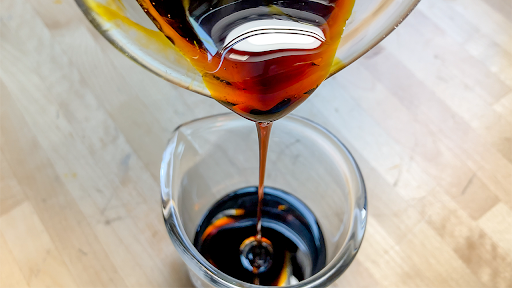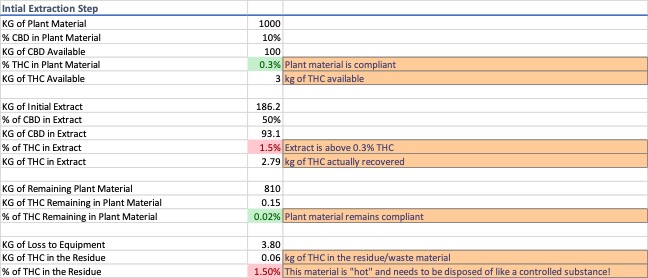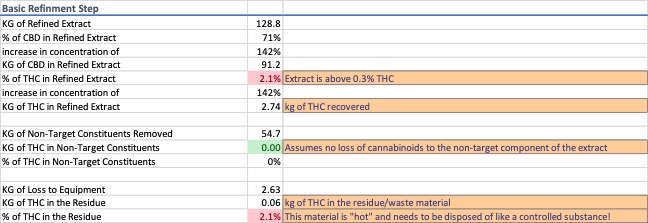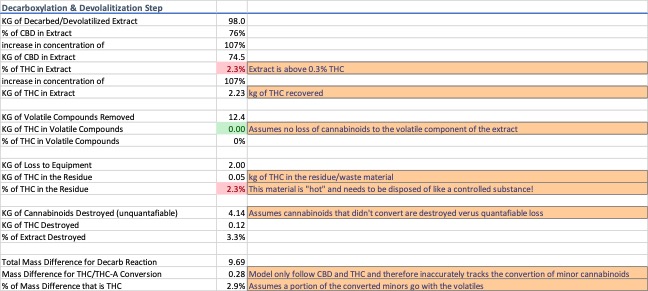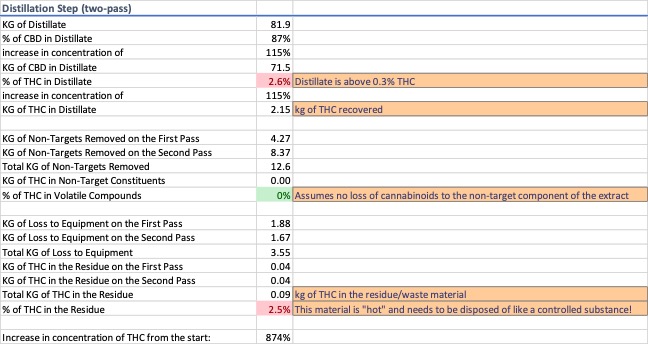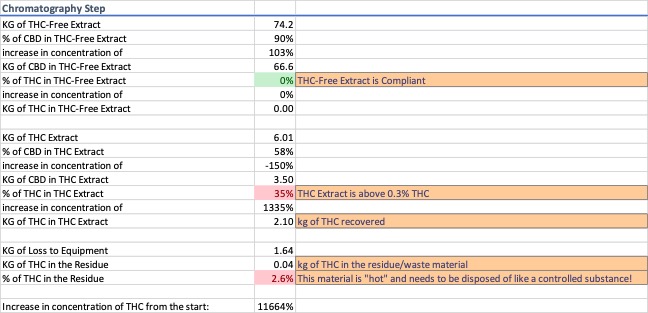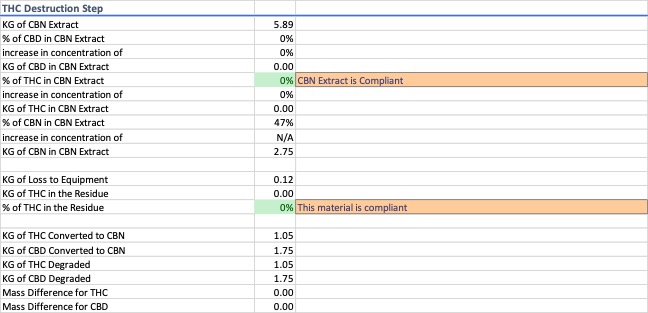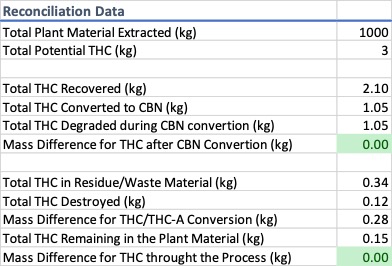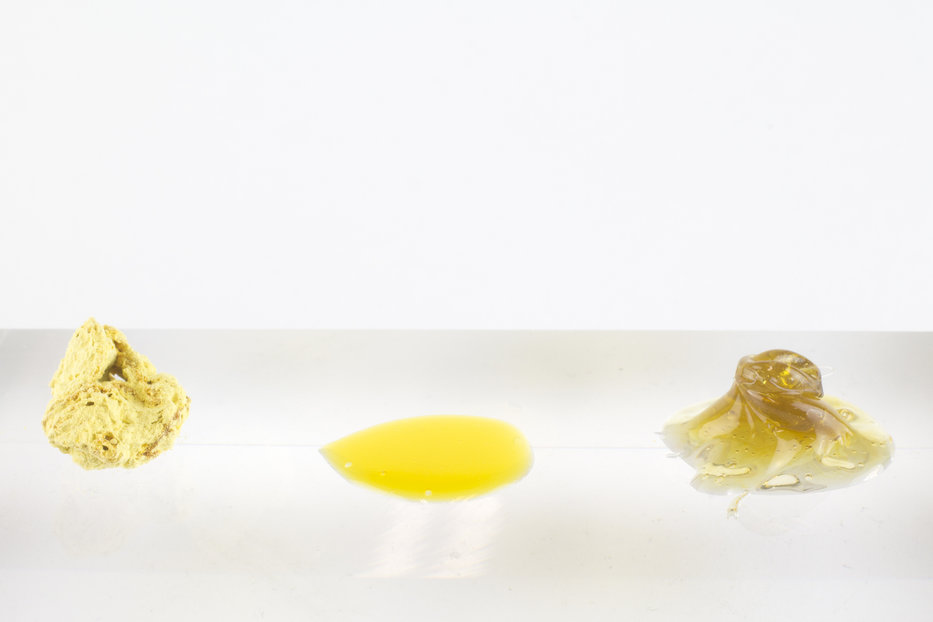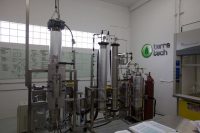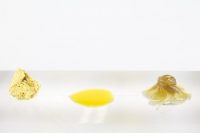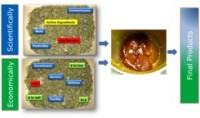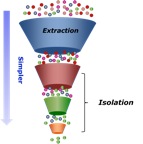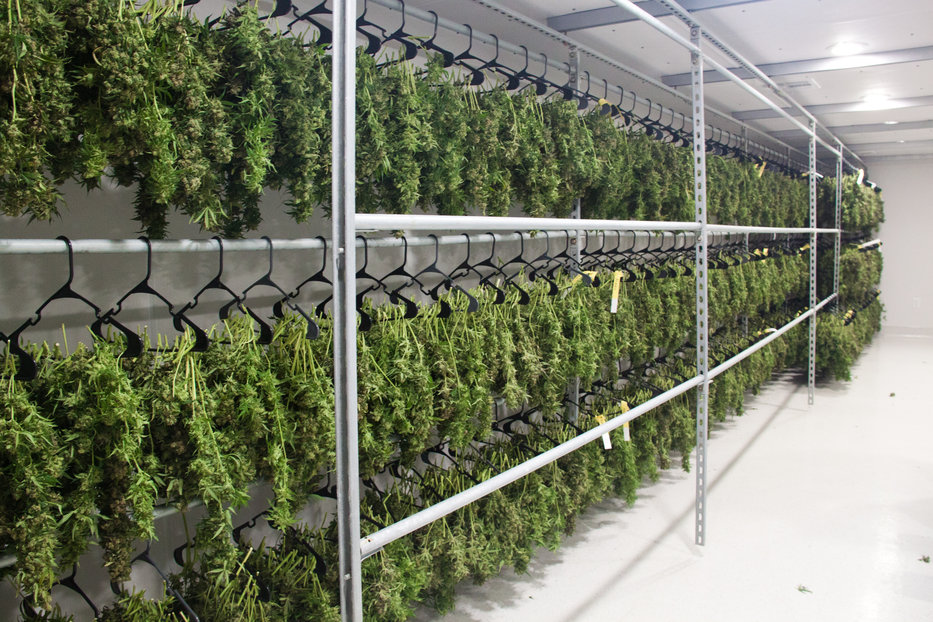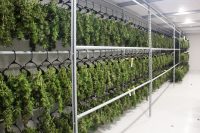Supercritical carbon dioxide (CO2) extraction is a processing technique whereby CO2 is pressurized under carefully controlled temperatures to enable extraction of terpenes, cannabinoids and other plant molecules. Once the extract is obtained the crude is often subjected to an ethanol winterization process to remove chlorophyll, fats and waxes.
Green Mill Supercritical is a Pittsburgh-based manufacturing and engineering company focused on cannabis and hemp extraction. The company offers a range of CO2 extraction equipment where users can tune and control their extraction methods. They recently announced a technology advance enabling winterization in-process, which has the potential to remove the need for ethanol winterization.
We spoke with Jeff Diehl, director of marketing at Green Mill Supercritical, to learn more about the new process. Jeff was working in the tech industry in San Francisco in 2017 when he was invited to join Green Mill by his cousin, Jeremy Diehl, who is the founder and CTO.
Aaron Green: Before we get to your new technology, can you explain what industry trends you are watching?
Jeff Diehl: A big thing that I watch is the premium extract space. More and more consumers are demanding higher premium extracts. They want differentiated products. They want products that are safe and that have some kind of meaningful connection to the specific plant from which they came. Right now, CO2 plays a small role in the market for those products. Most premium products are generated through hydrocarbon extraction. So, I am watching how people are using CO2 to create the next generation of safe, premium products.
Aaron: What is the normal process for a CO2 extraction today?

Jeff: The current CO2 extraction process generally consists of two major phases to producing your final extract. In the first phase, you have extraction where you get your crude product. The second phase is post-extraction where you do cleanup to get your refined oil. Within that post-extraction phase, most operations include an ethanol-based winterization process.
Aaron: What does the winterization step do, exactly?
Jeff: Winterization is about removing waxes. Your main extraction is considered crude because it’s got a lot of materials from the plant that you don’t want. The large majority of unwanted material is waxes. Winterization is the process of using a solvent, traditionally ethanol, to separate the waxes from the cannabinoids. There are multiple challenges inherent in ethanol-based winterization that introduce cost, time and product loss. It’s terribly inefficient. Plus, there will always be residual ethanol left in your final product, and that’s not something consumers appreciate.
Aaron: You’ve recently announced a new process at Green Mill that moves the winterization step into the supercritical CO2 equipment. Can you explain how that works?
Jeff: With our process, which we call Real-Time Winterization, there is no ethanol involved in winterization anymore. It is all done with CO₂ during the primary extraction. That’s the major advance of our process and although it has been attempted before, no one has succeeded at doing it in a viable way. You take a process which is normally four days – one day for CO2 extraction and three days for ethanol winterization – and you do it all in less than a day. We have automated software, sensors and pumps that makes this all possible.
Aaron: How does the quality of the resulting product compare with the new process?
Jeff: You can see the difference right away, if you’re at all familiar with extraction. It just looks clean and bright. Lab analysis has been very positive thus far, but we continue to run tests. Our R&D team has done multiple tests, mostly on hemp and CBD. That’s because we don’t have a license for THC. We’re currently engaging with a licensed partner so that we can collect more data on THC-containing products, so we can give exact numbers. But with CBD, we’ve done multiple tests to validate the method and the technology, and are seeing consistently excellent results in regards to both purity of the product and efficiency of the process.
Aaron: How do yields compare between the processes?

Jeff: From the data that we’ve seen in the industry, it looks like when you winterize with ethanol, you leave anywhere from 5 to 10% of your cannabinoids behind in the waxes. That’s just lost. With Real-Time Winterization using CO2 we have seen recovery rates as high as 99%. We are continuing to investigate that result with testing to make sure it was not an outlier, but in any case, recovery rates look promising.
Aaron: One of the other issues with ethanol is taxes and the ability to find food grade supply. Do you have any perspective you can share on that?
Jeff: There are a number of advantages to moving away from ethanol. The sheer quantity of ethanol is a factor. There are a lot of regulations and fire requirements around managing large quantities of ethanol. The ethanol winterization process itself is not just one process. There are multiple stages, from mixing, to freezing, to filtering, to removing the solvent. These are all opportunities for things to go wrong, so you’re always managing those risks. Multiple large pieces of equipment, including fume hoods, filter skids, cryo freezers and rotary evaporators, are expensive and require heavy management.
I think Elon Musk said the best process is no process. Anytime in an industrial process when you can remove steps in the process, that’s the direction you want to go in. And, that’s what we’ve done. With this recent work, we have effectively removed post processing for certain categories of end product.
Aaron: Do you have any patents on the new process?
 Jeff: We have a patent pending on both the method and the equipment, which is allowing us to talk about this as much as we are.
Jeff: We have a patent pending on both the method and the equipment, which is allowing us to talk about this as much as we are.
Aaron: So, how does this work if somebody already owns an existing piece of Green Mill equipment? Is this something that can be retrofitted? Is it a software upgrade?
Jeff: There are two components. One is an equipment upgrade, which can be done retroactively for existing customers, and one is a methodology upgrade, which we assist our customers with. The automation software inherently can handle the settings that you need to run the methodology. In fact, it’s that software and the rest of our existing tech stack, the proprietary pump, the triple inline fractionation, the precision and stability of the overall system, that is what made this winterization advance possible.
Aaron: Where are you rolling this out first? And do you plan to go international?
Jeff: International is definitely in the plan, since we’ve already sold systems abroad. We are currently getting ready to announce the opening of our beta program with the new technology. So, we’re not ready to sell this widely at this time, but we are taking submissions from companies that want to get in early and join us at the forefront of CO₂ extraction innovation.
Aaron: Okay, great. Thanks Jeff, that’s the end of the interview.

